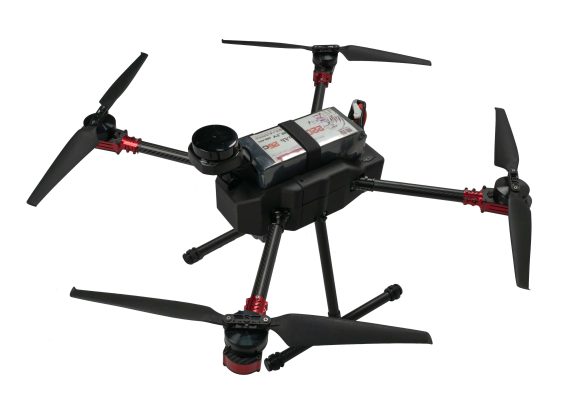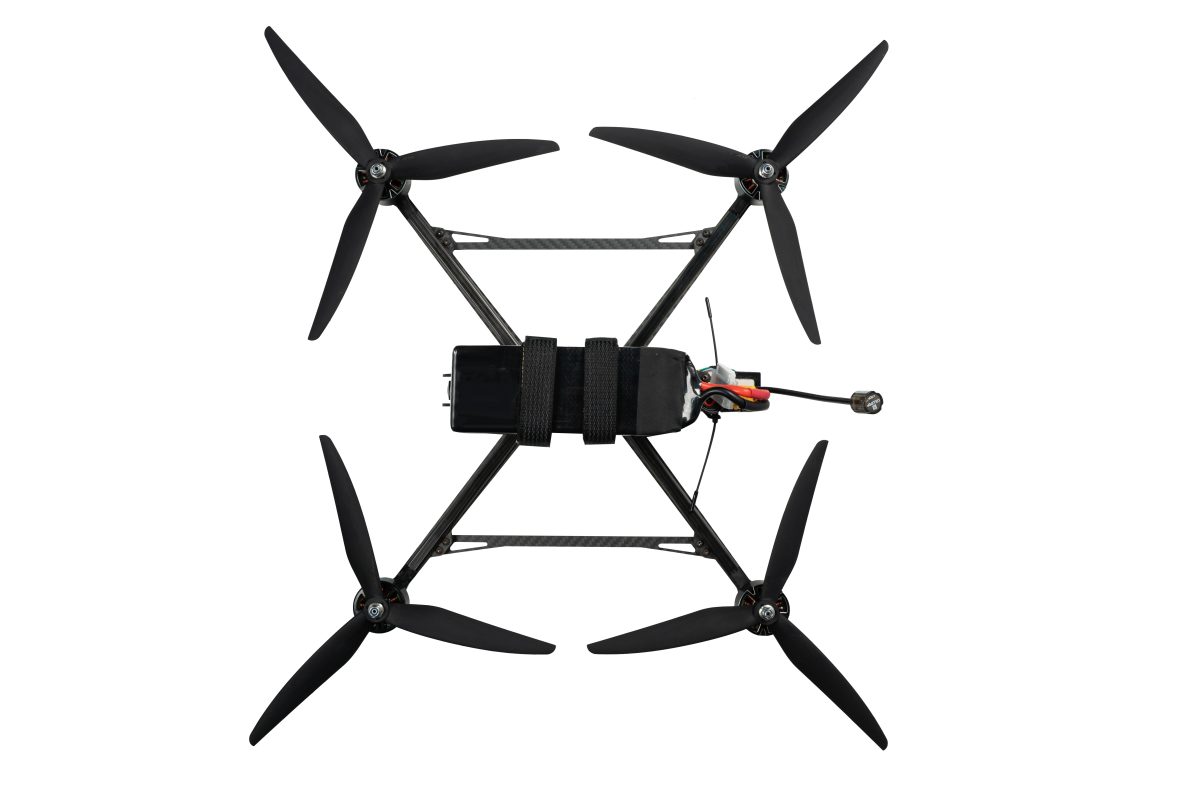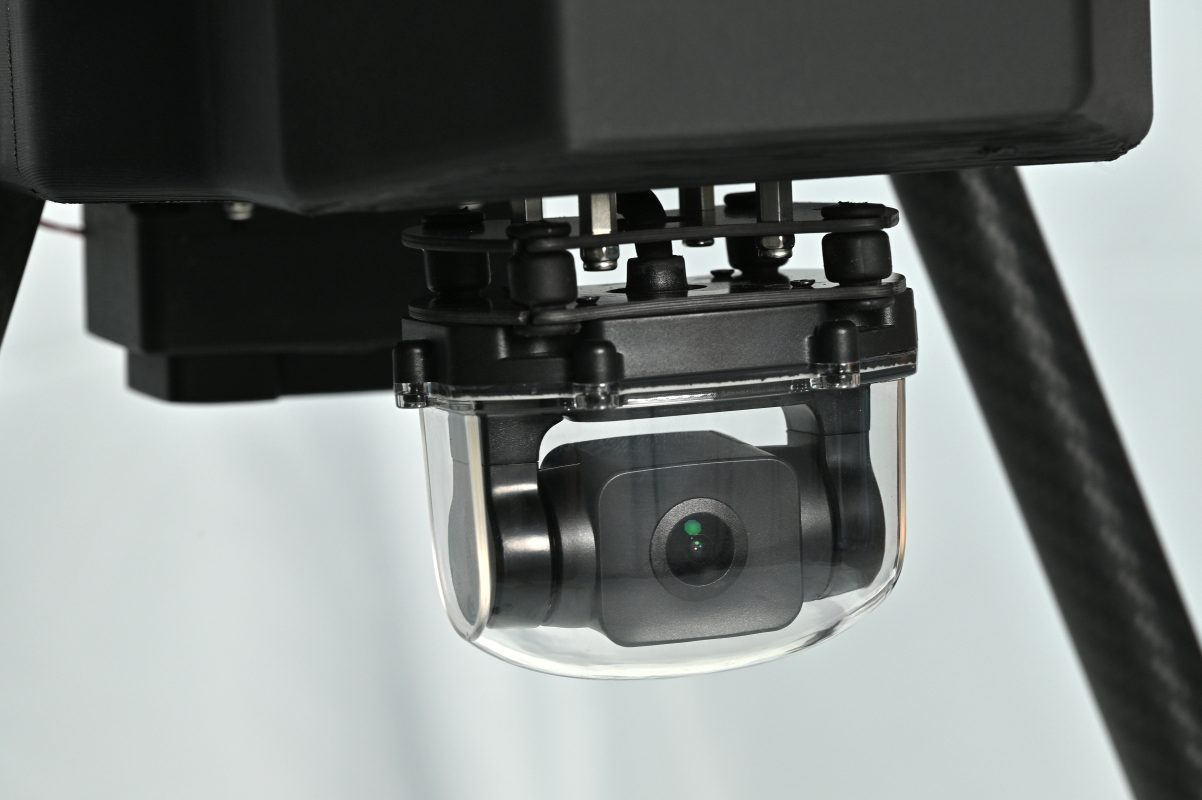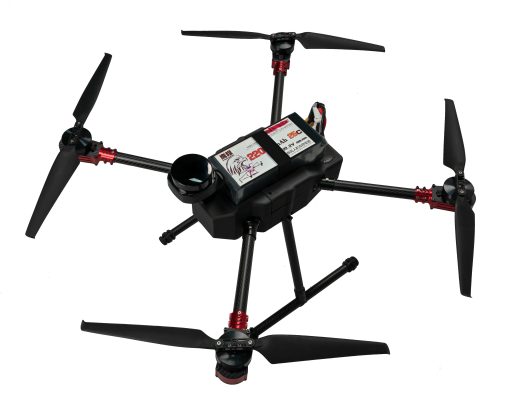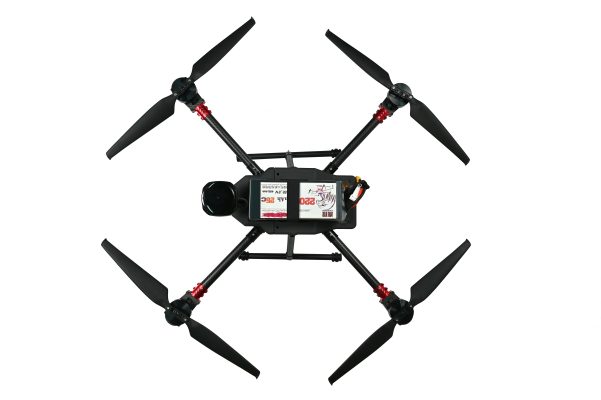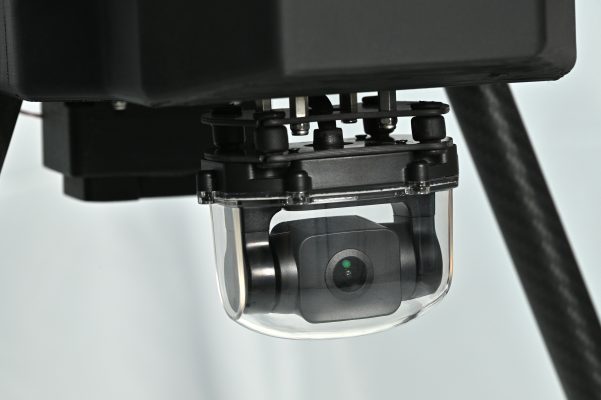Introduction
If you fly FPV, you crash. It’s part of the learning curve — and it’s how we improve. But what matters most isn’t avoiding crashes, it’s how fast you can recover and get back in the air.
In this article, we’ll walk you through 5 essential FPV repair and troubleshooting tips every pilot should know, especially after a hard landing or crash. Don’t panic — fix, learn, fly again.
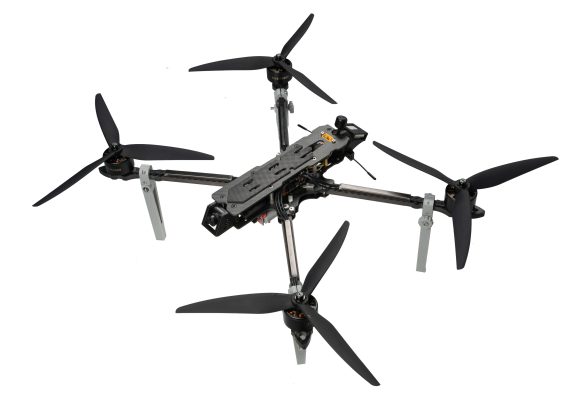
1. Visual Inspection First
After a crash, don’t immediately plug in the battery. Do a thorough check:
-
Are any arms, mounts, or propellers broken?
-
Are motors spinning freely (no grass or sand inside)?
-
Are any wires disconnected or bent pins visible?
-
Is the camera or VTX loose?
Take photos if needed — it helps with identifying bent or missing parts.
2. Replace Props, Always
Even if a propeller looks fine, replace it after a crash. Cracks or slight warping can cause:
-
Vibration
-
Oscillation
-
Motor overheat
-
Unpredictable flying
Props are cheap — never trust a crashed one.
3. Motor & ESC Testing
If a motor makes grinding noises, remove the prop and spin it by hand.
-
If rough: bearing may be damaged
-
If wobbly: bell might be bent
-
If no spin at all: test ESC connection or replace motor
Use Betaflight motors tab to test individually — but only with props off.
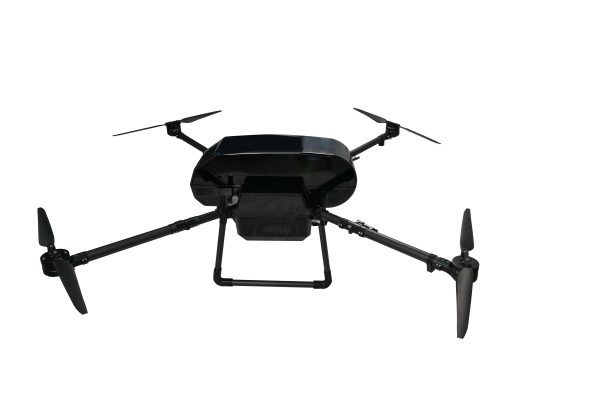
4. Check for Hidden Shorts or Smoke
Before powering back up:
-
Smell for burnt components
-
Look for black marks or melted solder
-
Use a smoke stopper when plugging in again
-
Use multimeter to check for shorts between power pads
One mistake can fry your stack — safety first.
5. Frame Alignment & Vibration Control
After impact, your frame may have shifted. Check for:
-
Bent arms or twisted top plate
-
Loose screws or standoffs
-
Damaged TPU mounts for camera or antenna
-
Any jello in footage — may be from bent motors or frame imbalance
Tighten all bolts, re-level the stack, and balance your new props.
Conclusion
Crashing is just part of FPV life. With the right repair mindset and a few essential tools, you’ll save both money and frustration. Each repair is a lesson — and every rebuilt quad flies better.
